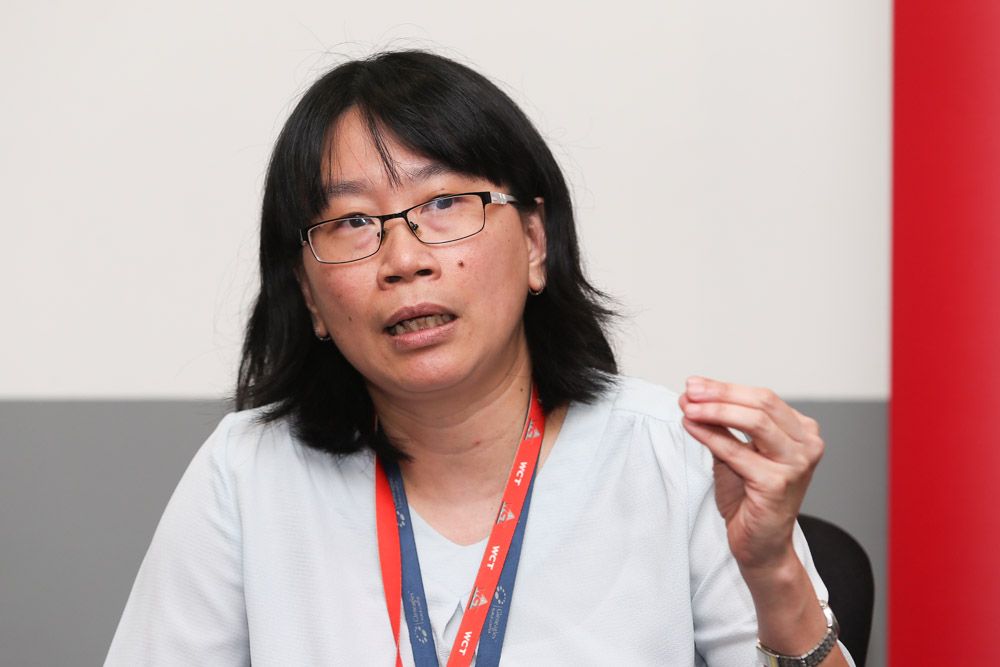PETALING JAYA, April 11 – Parkinson’s disease (PD) remains a mystery with no known cure or effective treatment yet.
Based on a report by Department of Statistics Malaysia 2018, the number of patients with PD here is expected to increase fivefold from the current estimated 20,000 to 120,000 by 2040.
Gleneagles Hospital Kuala Lumpur consultant neurologist Dr Ooi Phaik Yee, who spoke at a session in conjunction with World Parkinson’s Day, organised by DKSH Holdings (Malaysia) Berhad addressed some concerns of the disease.
Here is a quick read through:
What is Parkinson’s disease?
According to Dr Ooi, PD is the second most common age-related neurodegenerative disorder after Alzheimer’s disease, affecting primarily the brain and movement.
She said the disease is more prevalent among the elderly, affecting about one per cent of people over the age of 60 and four per cent of those above 80.
Dr Ooi said in PD, certain nerve cells in one part of the brain gradually break down or die.
“Many symptoms are due to a loss of nerve cells that produce a chemical messenger in the brain called dopamine, which helps send information from one cell to another,” she added.
“Therefore, when dopamine levels decrease, it causes irregular brain activity, leading to symptoms of PD.”
Cause still unknown
Although the main cause of PD is still unknown, Dr Ooi said several factors appear to play a role.
She said some studies have noted that exposure to certain chemicals such as pesticides may increase the risk of PD.
“Other factors that may lead to the disease include, family history of the disease, drinking well water, prior head injuries or living in the rural area.”
Signs and symptoms
PD’s symptoms can be different for everyone with minor and barely noticeable signs, which often goes unnoticed at the early stage.
According to her, symptom often begin with a mild tremor in hands, or sometimes lack facial expressions.
“Additionally, muscle stiffness may occur in any part of the body, which will eventually limit the person’s range of motions,” she said.
Over time, she added, PD may slow the movement, making simple tasks more difficult for the patient.
“As the disease continue to progress, the patients’ steps may become shorter when they walk and it may even make it difficult for them to get out of their bed or chair.”
At a later stage, PD patients may also have symptoms such as imbalance and falls, speech changes (monotone speech), writing changes and dementia.
Complications
Dr Ooi highlighted that PD is often accompanied by additional complications including anxiety, depression, slowness of thinking, constipation, urinary frequency, abnormal pain, low blood pressure and even visual hallucinations as the disease advances.
“Many PD patients may experience cognitive problems and thinking difficulties at the later stage,” she added.
Treatment
According to Dr Ooi, so far there’s no cure or prevention for PD, and the progressive disease worsens gradually in time.
However, she added that there were treatment options to help patients live with a relatively better quality of life.
As PD affects everyone differently, Dr Ooi said the treatments are usually tailored on individual basis.
Besides medical treatments, she added that caregivers need to learn about the disease and its complications to equip themselves with sufficient knowledge to support their loved ones thoughtfully.






















